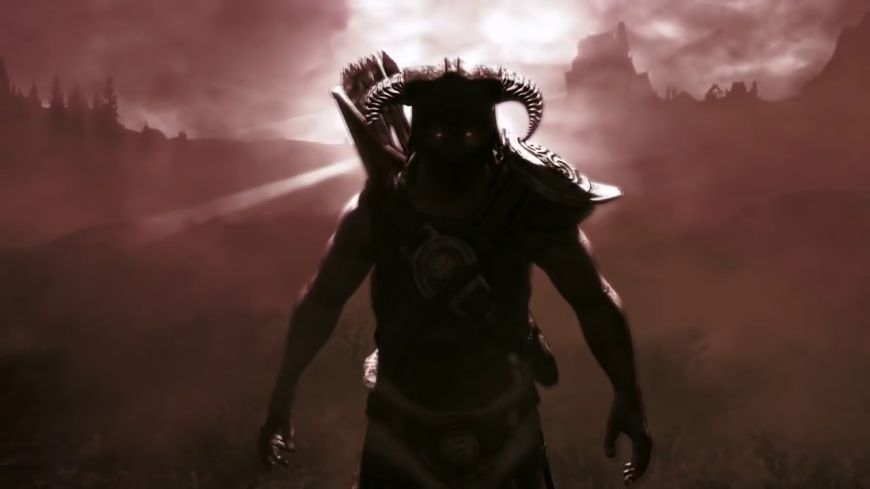How to keep your game protagonist consistent with player expectation
- Edwin McRae
Greetings and salutations fellow lorekeepers!
I’m Narrative Designer Tim Schuchert and in this post I want to suggest some methods for how you can maintain consistency when designing your game’s protagonist. If you have not yet read the previous post on “How to choose the right protagonist for your game”, I suggest you do so first, as I explain terms and constructs, that I am building upon in this article.
[Warning! Contains Spoilers for The Last of Us 1, Witcher 3 and Disco Elysium]
Types of Protagonists
In the last post I presented you with categories in which we can group protagonists, based on the interactivity and point of view of a game. I would argue that the chosen type of protagonist also influences how our player connects with their in-game avatar.
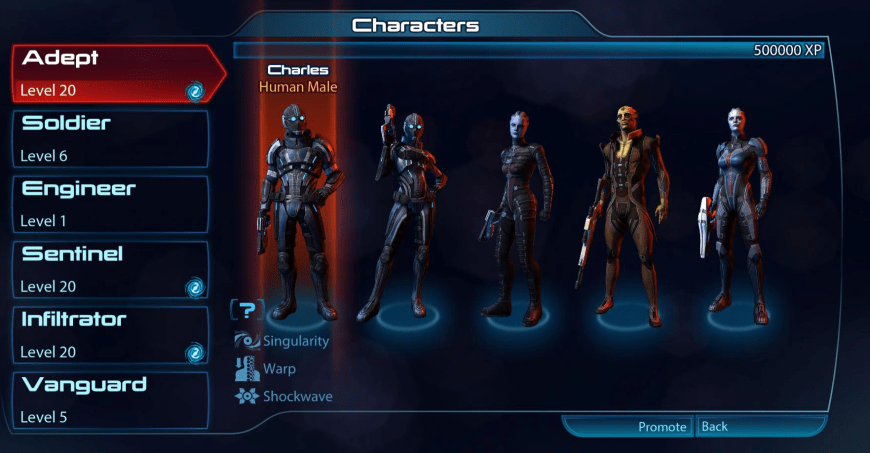
If we choose to use a fixed established character then our player is experiencing the protagonist’s story. Therefore the player will need to accept the development of their protagonist as it is shown to them by the game’s narrative.
If we choose to use a formable established character then our player has some control over the protagonist’s story and development.
If we choose one of the other protagonist types then our player is creating the protagonist’s story and the player needs to be able to do this in any way they wish.
After looking at our examples from the last post, we can create statements that take this framing into account. As players we would say:
- “I am playing with Joel.” – For he is only my interface to the game world.
- “I am playing as Geralt.” – For I am stepping into his shoes, fulfilling my fantasy of being and developing this specific character.
- “I am the Dragonborn.” – For all the actions, feelings and thoughts are mine and I decide how they develop over time.
Considering the Mental Model
As narrative designers we must keep these mental models in mind when designing the flow of our story. We have to be aware of the current fantasy and how the player wants to fulfil it when playing our game. When we are aware of this, we can design the game in a way that reinforces and strengthens this mental model, creating a greater emotional attachment between player and protagonist, which in turn leads to a more intense narrative experience.
As digital games are an interactive media, this reinforcement of the mental model must happen through the interactions and decisions we offer a player during play sessions.
While this is a golden opportunity to connect player with protagonist, there is also the risk of alienating the two by stepping into the trap of (ludo)narrative dissonance.
Clashing with the Mental Model
This means that the set of actions a character can perform, or things he/she can say, don’t align with the player’s mental model of the protagonist they are controlling. This becomes even worse when such an unaligned action or decision is forced upon the player in a cutscene or similar linear structure that is completely out of the player’s control.
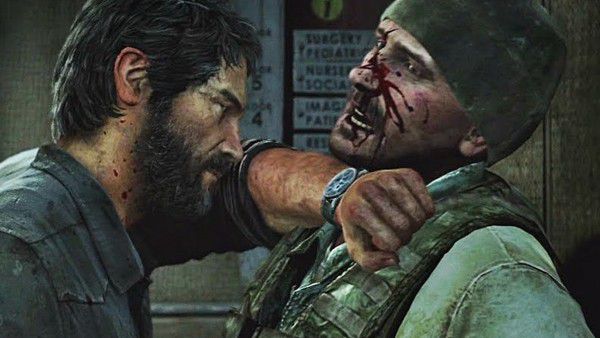
For example…
As a fixed established protagonist it is Joel’s decision to save Ellie at the end of “The Last of Us” regardless of what the player would have done.
As a formable established protagonist it is up to the player to decide what would make sense for Geralt; kill a mischievous godling or make a deal with that godling. Either option could fit with Geralt’s character, depending on how the player has chosen to play him.
As a player-created protagonist it would make sense to offer good, neutral and evil options to resolve a quest as the character’s morality is completely up to the player.
And this principle doesn’t stop with things the protagonist does, but also applies to the reactions that the game world has towards the protagonist’s actions.
For example…
If the player decides that Geralt will trust the ghostly young woman in Fyke Tower, Graham (NPC) will die horribly when the ghost enacts her revenge.

We should always take the player’s mental model of their protagonist into account when designing interactions between protagonist and game world. If we decide to break this mental model, we need a sufficiently logical explanation in the game, one that justifies a player’s update of their mental model.
Logical Changes in Character
To create such a sufficiently logical explanation can be quite challenging, especially if it is supposed to come from an internal change in the protagonist’s feelings and emotions. Looking back at the protagonist types, this problem might emerge from the fact that formable and non-established protagonists can only ever have a certain number of choices within the scope of the game while established characters only ever have one course of action. If the player doesn’t understand why their character can or can’t do certain things, like choosing not to save Ellie, then the narrative designer has a problem.
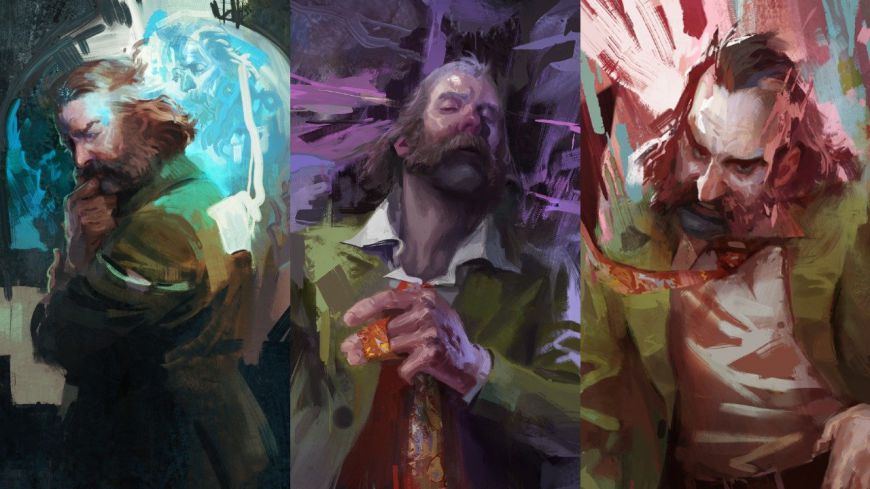
A game that approaches this problem from a different angle is “Disco Elysium” [S1], an open world role-playing game developed by ZA/UM. The player starts as a detective with a massive hangover and memory loss. The player has the option of choosing different paths through the story, and these paths inform the development of their protagonist. This means the player’s protagonist is basically a formable established character.
“Disco Elysium” is innovative in my eyes, because of how it uses its narrative set up to let the players not only decide what their protagonist should do, but also what he thinks, feels and believes.
To achieve this the game uses two different systems.
Thoughts as Characters
The first, and probably most prominent one, is the fact that the intellect, psyche, physique and motorics are more like NPCs than numbers on a character sheet. On multiple occasions in the game, they speak to the player, giving their perspective on certain situations in the game. They effectively represent the thoughts that are running through the mind of their protagonist. And here the game also takes into account how the player decided to skill their protagonist.

The better a stat is, the more likely it is for the protagonist to have a “correct” thought. On the other hand, this also means the avatar can make the “wrong” conclusions. Though the player still has the final call on what to do, this system allows the player to understand how their avatar perceives the game world around him, leading to a logical character development.
Thought Cabinet
The second system is the one of the ‘thought cabinet’. Speaking to different NPCs in the game or performing certain interactions can spark a specific thought about a problem within the protagonist. It is up to the player if they want to think more about this problem. If they do, they will eventually come up with a solution that changes the way the protagonist views the world.

Does the player want their protagonist to be a communistic cop who believes in invisible monsters and thinks he is a superstar and still vibes with the disco era? They can!
These innovative systems allow the player to further establish how their avatar is thinking about himself and his world. With every internalized solution, advantages and disadvantages for the character stats are applied and new dialogue options appear, granting the player a pay-off for their decisions and how they shape their protagonist.
Natural and Rewarding Character Development
The systems in “Disco Elysium” are just a couple of ways to make the player’s protagonist more approachable and understandable. They keep the player’s actions in sync with the protagonist’s profile while ensuring a natural and rewarding development of that protagonist. These approaches wouldn’t be applicable to every type of game, but they are certainly powerful.
I am curious to see what great approaches and development we will experience over the course of the next few years in this field of protagonist design.
Until then: write on, game on.
Tim
About the author:
Tim Schuchert is a Technical Narrative Designer from Germany. He has proven experience working on AA and AAA games, designing game writing software, and writing for interactive audio books, streaming events, short stories and pen and paper content.
My LinkedIn: www.linkedin.com/in/timschuchert
[S1] https://discoelysium.com/
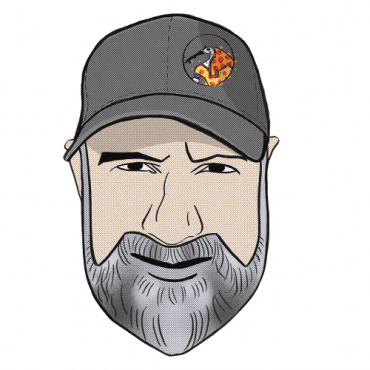
About Edwin McRae
Edwin is a narrative consultant and mentor for the games industry.

